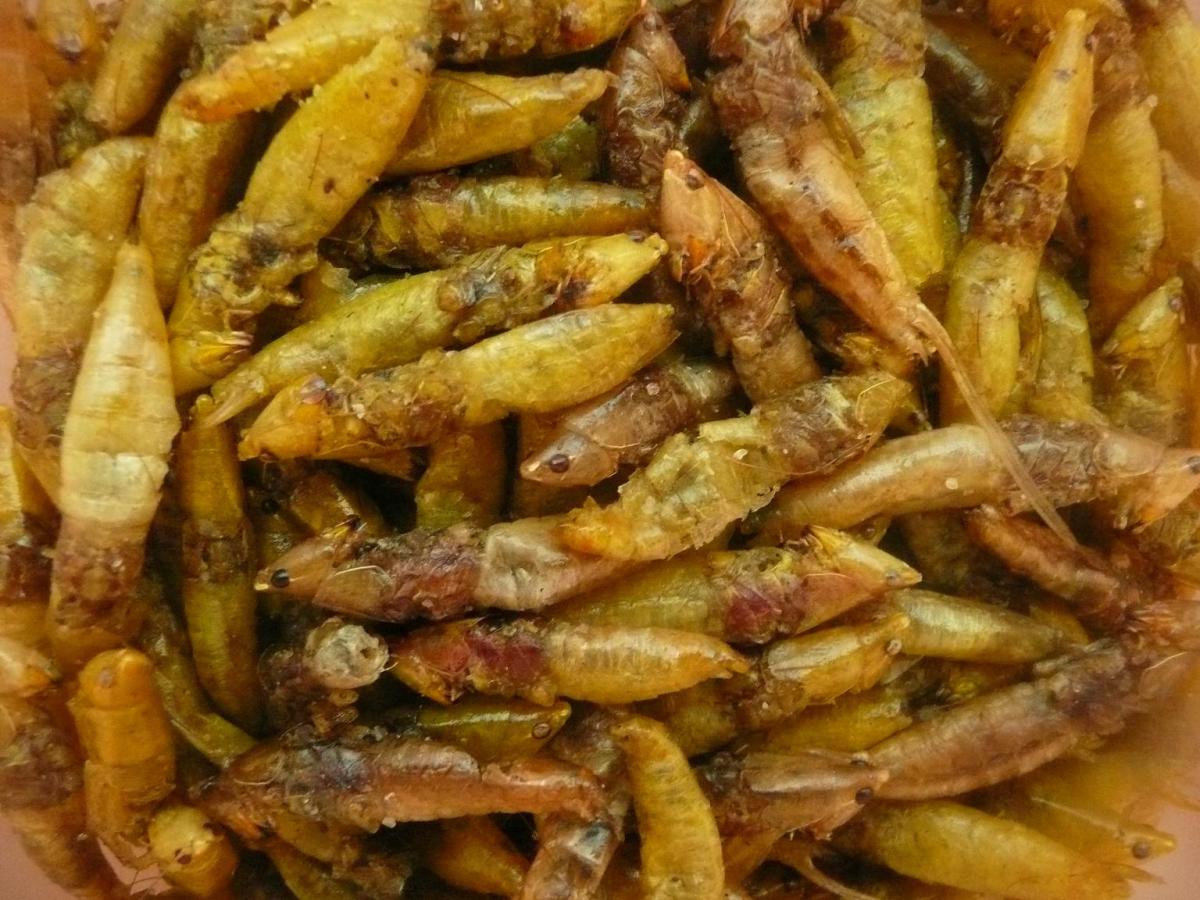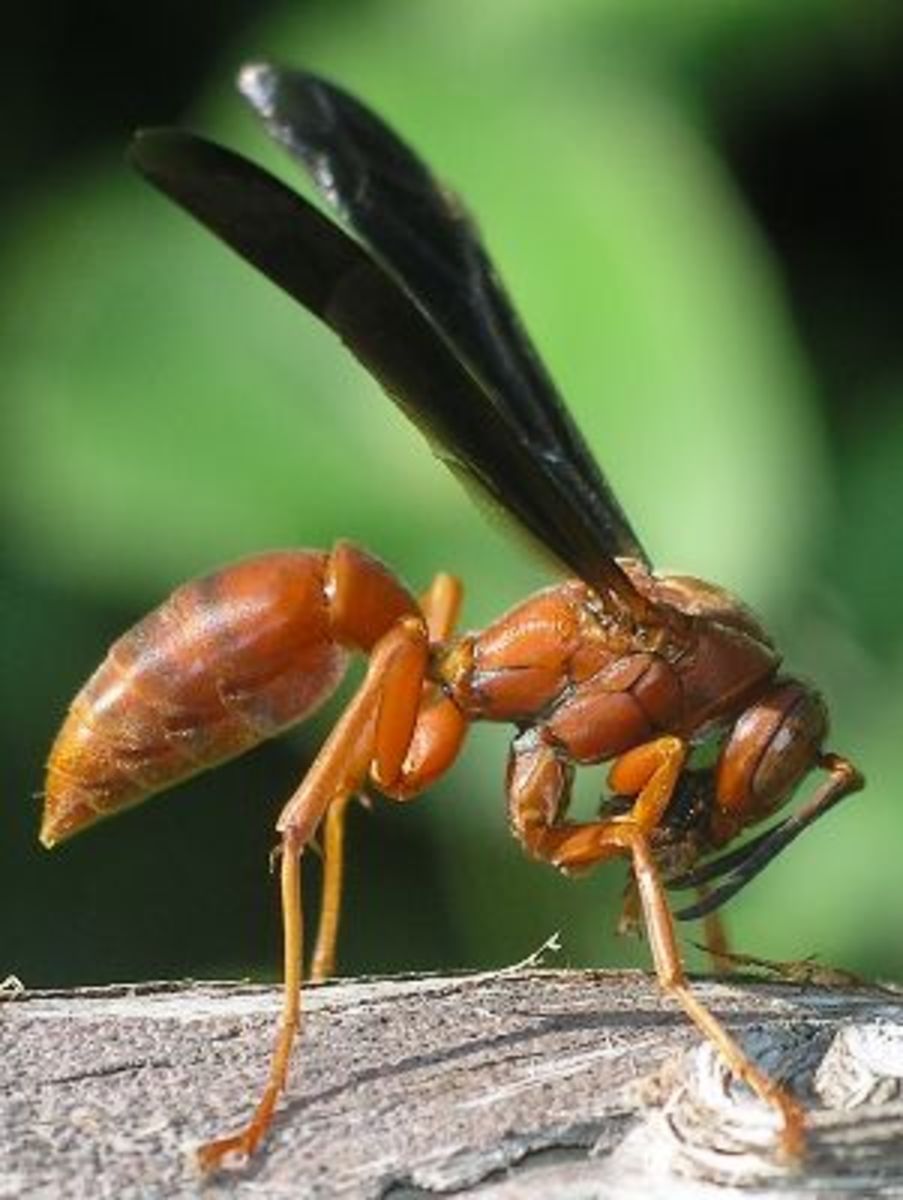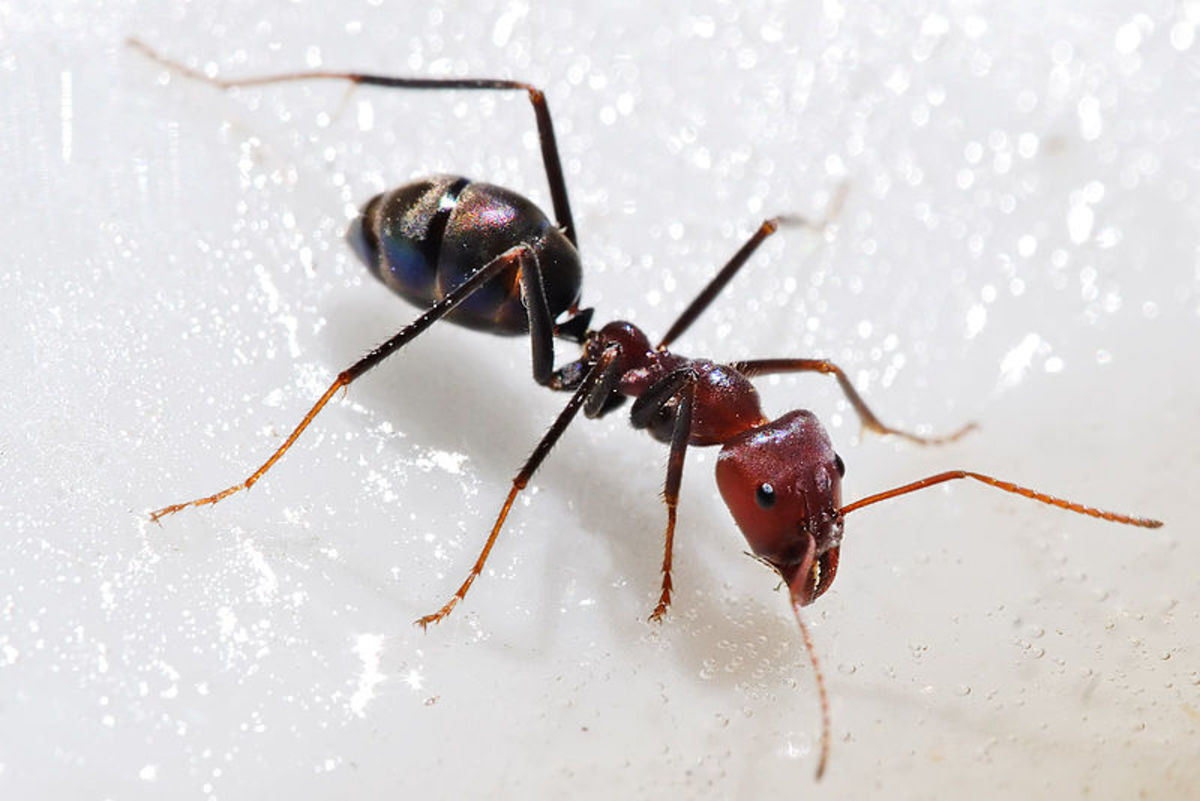- HubPages»
- Education and Science»
- Life Sciences»
- Entomology
Which Insects Could I Eat?
The Need For New Sources of Food.
Across the world, the rearing of conventional cattle creates an enormous drain on precious resources such as fresh water and fertile land. In the developing world, raw materials are often redirected to the production of meat and important environmental areas are devastated due to increased human need for protein.
Large swathes of the Amazon rainforest have been lost due to the need of local cattle herders and their animal stocks need for grazing land. Since the 1970s, the amount of rainforest lost to cattle herders and deforestation has reduced the area of the Amazon Rainforest by over 30%.
The consumption of insects is not a far-fetched idea. The practice of Entomophagy has been practised from prehistoric times, right through to the present. Although most countries would find eating insects curious or disgusting. Many cultures from across North America, Oceania, Asia and Africa, treat insects as a valuable source of easily accessible protein. If insects were not eaten, many vulnerable people would run the risk of starvation or severe malnutrition.
If we reduced our need for the flesh of mammals and added insect protein to our diet. Could we help to arrest the decline of our vital and delicate environmental resources?
Perhaps now is the time to ask yourself an important question. Would you be able to eat insects and their larvae?
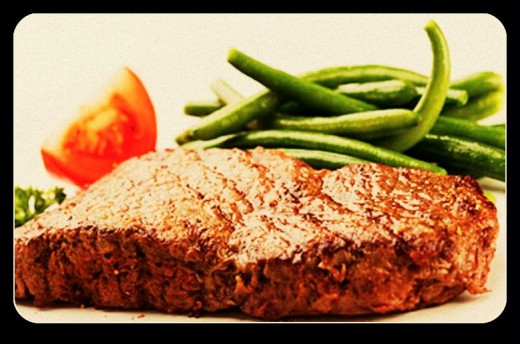
There are many different types of insects in the world, yet not all of them are edible. Not every species of insect is known to science, as new species of insects are discovered with every expedition into previously remote environments. It is believed that there are thousands of insects that are safe for human consumption and many more of their larvae pose no serious concerns for human health. The larvae are usually a superior eat as they are packed full of the nutrients that are needed to ensure their correct growth. Of course, some of these grubs and insects may not taste pleasant but they will provide you with protein and other useful minerals needed for life.
Which insects should I try?
Grasshoppers.
These insects are often classed as a pest, especially among those who cultivate crops such as wheat and corn. Grasshoppers prefer to feed on grasses and weeds, but will attack crops when their natural food source becomes rare. Grasshoppers belong to the Caelifera genus, and there are 11,000 known species of this type of insect. The Grasshopper is an insect that is eaten across the world, certain areas of Mexico and Indonesia eat the Grasshopper as a regional delicacy.
In Mexico, the Grasshopper that is consumed in the region of Oaxaca is known as Chapulines.
100 grams of Chapuline(Grasshopper) will give you the following nutrients.
- 14 grams of Protein.
- 5 grams of Fat.
- 5 grams of Carbohydrates.
- 4 grams of Fibre.
The Grasshopper is also a good source of Iron, Potassium, Calcium, Vitamin A and Vitamin C.
Chapulines taste a bit like smokey shrimp with a dried current type of texture. They have a saltiness to them which makes them a versatile food for all occasions.
Chapulines
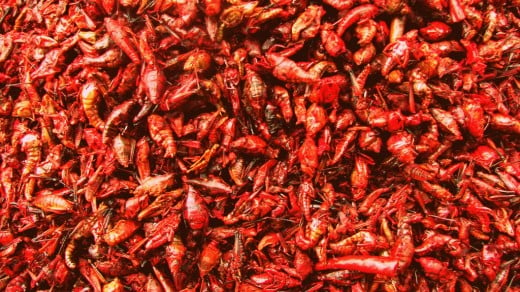
Stink Bugs.
Stink Bugs?? Yes, I know the name is not that appetizing but these creatures are a popular dish eaten in Zimbabwe and its relatives are consumed as a delicacy across Southeast Asia. Stink Bugs (E.Delegorguei) are common across Southern Africa and are an important source of Protein and highly prized for their calorific content. In many countries, the Stink Bug is classed as a pest and an invasive species, so perhaps turning them into a meal would solve some modern-day problems.
100 grams of Stink Bugs contain.
- 35.5 grams of Protein.
- 35.5 grams of Fat.
- 100 grams of Stink Bugs contain 2,600 Kilo-joules of energy.
These insects are also a rich source of Potassium, Phosphorous and Iron.
I am reliably informed that Stink Bugs taste like a bitter yet nutty flavoured Shrimp. A Stink Bug can be prepared in many different ways although most people I know prefer to consume them fried.
Stink Bugs.
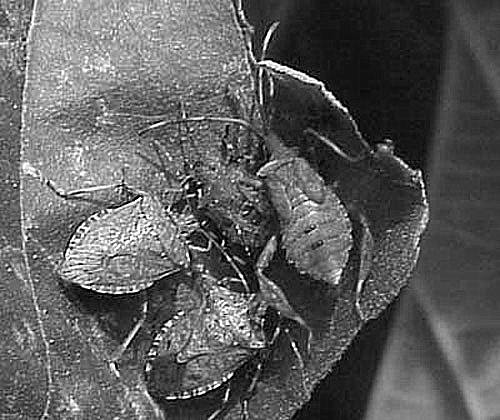
Silkworm.
Silkworms are an important economic resource across most of Asia. They are used for the production of silk and have been cultivated by humans for thousands of years. Silkworms have also been eaten by those who have cultivated this valuable natural resource and many Asia nations speak very highly of their flavour. Beondegi is popular Korean street food and it consists of the pupae of the Silkworm after it has been either boiled or fried.
The most common Silkworm is the Bombyx mori. This is the breed that has been domesticated unlike its wild version the Bombyx Mandarina, both can be consumed but the domesticated version is more likely to be eaten.
100 grams of Silkworm Pupae contains.
- 12 grams of Protein.
- 6 grams of Fat.
- 3 grams of Carbohydrates.
The pupae of Silkworms also contains a good source of Sodium and essential amino acids such as Valine.
As for how they taste?
The Pupae taste quite bitter, but when cooked with additional spices and flavourings. The Silkworm can be palatable, yet it is an insect that is an acquired taste. Silkworm is a delicacy across Asia, so it is not without a large number of fans.
Regular Protein Sources.
Silkworm Larvae.
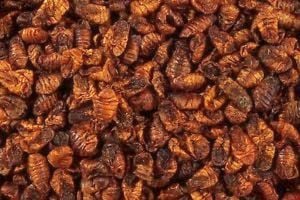
A Quick Quiz!
view quiz statisticsEdible Insects for Western Markets.
The eating of insects and their larvae in markets that were previously against such behaviour has been helped by the unlikeliest of sources. Reality television and cookery programs examining new flavours have opened people's minds to new and exotic experiences. Eating bugs as part as a reality show's challenge emphasizes the "Yuck Factor" but in a small way, it also seeps into the general consciousness of the viewers so that people eventually lose that element of instant revulsion, which opens the mind to wider possibilities.
Many budding entrepreneurs have tapped into the emerging western markets and novelty food products containing insects are now making way to produce that are contemporary and treat the product with the respect deserving of its nutritional content.
There are several products now available and they are growing in popularity. On sites such as Amazon, you are not able to order Grasshoppers in chocolate and many snack products contain insects that can easily be ordered online. The spread and popularity of Asia and Mexican food, has seen authentic ingredients stocked in specialized supermarkets in many major cities. The availability of insects to eat has increased dramatically in the last decade and it is entirely likely that this trend will continue to increase in the foreseeable future.
There are many other types of insects that you can eat, I have listed the three insects that are consumed regularly and can be sourced without too much hassle. But there are other well-known bugs that you could try if you are feeling adventurous.
- Scorpions.
- Tarantula.
- Flying Ant.
- Bee.
- Agave Worm.
- Wichetty Grub.
Other Food Related Reads.
- The Pineapple is Great for Children's Health and Physical Development.
The pineapple can help aid your child's development and maintain their wellbeing.
Could you eat insects in your diet?
Could you stomach eating insects?
This content is accurate and true to the best of the author’s knowledge and is not meant to substitute for formal and individualized advice from a qualified professional.
© 2018 Andrew Stewart


